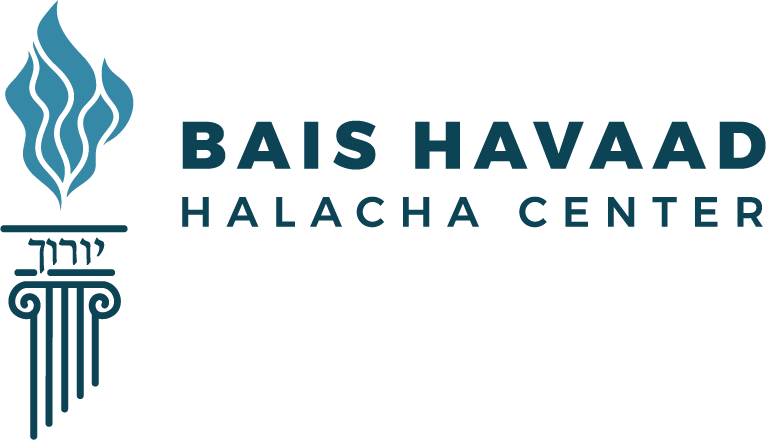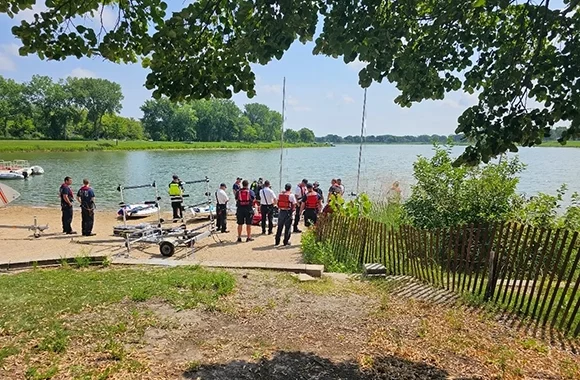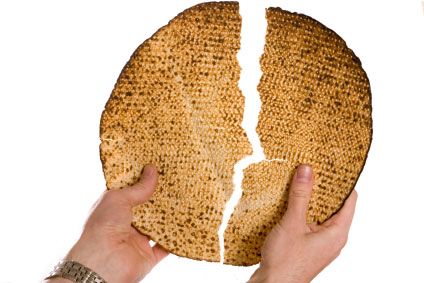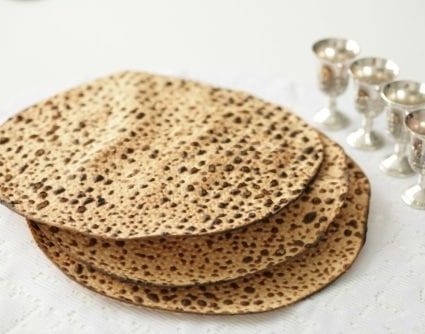Adapted from the writings of Dayan Yitzhak Grossman April 18, 2024 AP News reports: A…
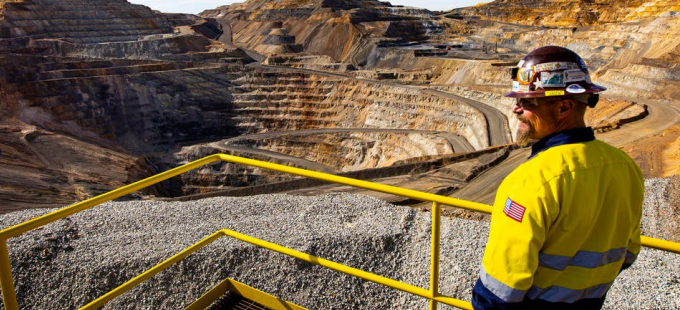
What’s Mine Is Mine: Does a Sale Include the Unknown?
Adapted from the writings of Dayan Yitzhak Grossman
November 30, 2023
Business Insider reports:
In 2011, Randall Atkins, a former Wall Street banker, bought a mine outside of Sheridan, Wyoming, sight unseen, the Wall Street Journal reported.
Originally, the plan was to sell coal to power plants, the Casper Star-Tribune reported.
However, in collaboration with the DOE’s National Energy Technology Laboratory and geologists at Weir International, Inc., Atkins’s company, Ramaco Resources, discovered there was more than just coal to be mined from Atkins‘s land.
In May, Ramaco announced that Atkins’s Brook Mine contains one of the largest unconventional deposits of rare earth elements in the US. Because of that, the mine is worth an estimated $37 billion—significantly more than the roughly $2 million he bought it for, per the Wall Street Journal.[1]
In this article, we consider the question of whether the seller of the mine to Ramaco would have a claim against Ramaco for the value of the rare earth deposits, for which it had not been properly compensated.
The Mishnah states:
If one found objects in a heap of stones or in an old wall, these belong to him.
The Gemara explains:
A breisa taught that this is because the finder can say to the owner of the heap or wall: These belonged to the Emori’im (the ancient inhabitants of Eretz Yisrael). The Gemara asks: Is it only Emori’im that hide things in walls, and Jews do not hide things in walls? The Gemara answers: The Mishnah is necessary where the object is extremely rusty (so we can assume it has been there for a very long time).[2]
The Rishonim are puzzled by this. Even if the found object had originally belonged to the Emori’im, why would the owner of the heap or wall not have acquired ownership of the object under the rule that “a person’s courtyard acquires for him even without his knowledge (chatzeiro shel adam koneh lo shelo midato)”?[3] They offer a number of answers to this question, of which the following two are widely cited by later authorities:
- The rule of chatzeiro shel adam does not extend to items that are not likely to be discovered.[4]
- The rule does not extend to items whose presence in a person’s premises is entirely unexpected, so he couldn’t anticipate it.[5]
R’ Gershon Ashkenazi (the Avodas HaGershuni) points out that a practical difference between these two approaches arises in the case of an item found in a heap of stones that the owner planned to clear. According to the first approach, the owner of the heap acquires the item, because it would eventually have been found. According to the second approach, he does not, because the presence of the item in the heap remains unanticipated.[6]
The Mordechai discusses the case of a Jew who purchased tin from a non-Jew and resold it to another Jew, who discovered that it was actually only silver plated with tin. The first Jew argued that he had been unfairly underpaid (nis’aneh), because silver is more valuable than tin. The Mordechai records that R’ Eliezer ben Yoel Halevi (the Ra’avyah), in a ruling endorsed by Rabeinu Tam, decided in favor of the second Jew based on our Mishnah (following the second approach above): Because the first Jew was unaware of the silver and never intended to acquire it, it did not belong to him, so he has no claim of ona’ah.[7]
R’ Mordechai Yoffe (the Levush)[8] and the Avodas HaGershuni[9] extend the ruling of the Ra’avyah to the case of the sale of a silver utensil that both buyer and seller believed was tin. But R’ Shmuel Wosner (the Sheivet Halevi) rules that this expansion of the Ra’avyah’s ruling does not extend to the case of the sale of an antique sefer that was subsequently discovered to contain the signature of an early gaon, which dramatically increased the sefer’s value: In the case of the Ra’avyah, tin and silver are two different things, and intent to acquire tin does not constitute intent to acquire silver, whereas in the case of the Sheivet Halevi, an antique sefer without a signature and one with a signature are essentially the same thing, so the intent to acquire the sefer confers ownership of the signature too.[10]
A similar distinction is made by R’ Yosef Sha’ul Natanson (the Sho’eil Umeishiv) in rebutting a ruling of R’ Yitzchak Isaac Yehudah Yechiel Safrin (the second Komarno Rebbe). He discusses the case of a Jew who had received money from a non-Jew in payment of a debt and then gave it to a Jewish moneychanger for exchange. The non-Jew had said he was paying with ten 50-ruble coins, but he had actually handed over ten 100-ruble coins. The Komarno Rebbe ruled that the moneychanger was entitled to keep the extra money, based on the ruling of the Ra’avyah, but the Sho’eil Umeishiv endorsed the argument of a student of his that distinguished between the cases: In the Ra’avyah’s case, the seller saw the tin and was unaware of the silver beneath it, so he does not gain ownership of the silver, whereas in the Komarno Rebbe’s case, the seller was aware of the money and intended to acquire it; and he was only unaware of its value, so he does gain ownership of all of it.[11]
I am not entirely sure of the Sho’eil Umeishiv’s precise intent in his distinction. It is possible that misperceiving the denomination of currency is analogous to misperceiving silver as tin, in which case it follows that the Komarno Rebbe is espousing the view of the Levush and the Avodas HaGershuni, while the Sho’eil Umeishiv is rejecting their view. Alternatively, it is possible that different denominations of currency are essentially the same thing and are analogous to sfarim with and without signatures, in which case it follows that the Komarno Rebbe and the Sho’eil Umeishiv are disagreeing about the argument of the Sheivet Halevi. (It is also possible that the Komarno Rebbe and the Sho’eil Umeishiv accept the positions of both the Levush and the Avodas HaGershuni on the one hand, and the Sheivet Halevi on the other, and they are just disagreeing about whether different denominations of currency are more closely analogous to two entirely different metals, or to two essentially identical sfarim that differ only with regard to a signature.)
In the case of the Brook Mine, according to the second approach to the Mishnah cited above, the seller would not have a claim to the mine’s rare earth deposits. Although rare earth elements are apparently not actually all that rare, their presence in commercially viable concentrations is,[12] so our situation would seem analogous to the case of the Ra’avyah, in which the seller has no claim to the silver he didn’t know about. But according to the first approach to the Mishnah cited above, the rights of the mine’s prior owner would hinge on whether the rare earth deposits were likely to eventually be discovered, and only if this is unlikely would they have no claim.[13]
[1]Jenny McGrath. A Wall Street banker bought a coal mine sight unseen that could contain $37 billion worth of rare earth minerals. Business Insider. https://www.businessinsider.com/rare-earth-elements-minerals-brook-mine-wyoming-ramaco-atkins-2023-11.
[4]Tosfos ibid. 26a s.v. Deshasich (cited in Nimukei Yosef ibid. 14a in Rif pagination) and Bava Basra 54a end of s.v. Ada’ata; Piskei HaRosh Bava Metzia perek 2 siman 9 (in his first approach).
[5]Mordechai Bava Metzia siman 258, Hagahos Ashri ibid. siman 9 s.v. Vechasav Rabeinu Avi Ha’ezri. Cf. Hagahos Maimoniyos Gzeilah Va’aveidah 16:9.
The Rosh offers another answer as well, and the Rambam and Ra’avad (Hilchos Gzeilah Va’aveidah 16:8) offer two further answers, and see Magid Mishneh ibid.; Mirkeves Hamishneh ibid.
Cf. Nesivos Hamishpat siman 268 biurim s.k. 3.
[6]Shu”t Avodas HaGershuni siman 94.
[7]Mordechai ibid. Cf. Shu”t Chavos Ya’ir siman 171.
[8]Levush Ir Shushan end of siman 233.
[9]Avodas HaGershuni ibid.
[10]Shu”t Sheivet Halevi cheilek 4 siman 211. Mishpetei HaTorah cheilek 2 siman 26 and Bava Metzia siman 24 takes the same position as the Sheivet Halevi. Cf. Ha’ichud Bechidud, parshas Pinchas 5767 gilyon 8, Meishiv Davar–Teshuvah leMa’aseh Rav.
[11]Shu”t Sho’eil Umeishiv mahadura revia’a cheilek 3 end of siman 89.
[12]See Victoria Atkinson. Why are rare earth elements so rare? Live Science. Oct. 1, 2023.
